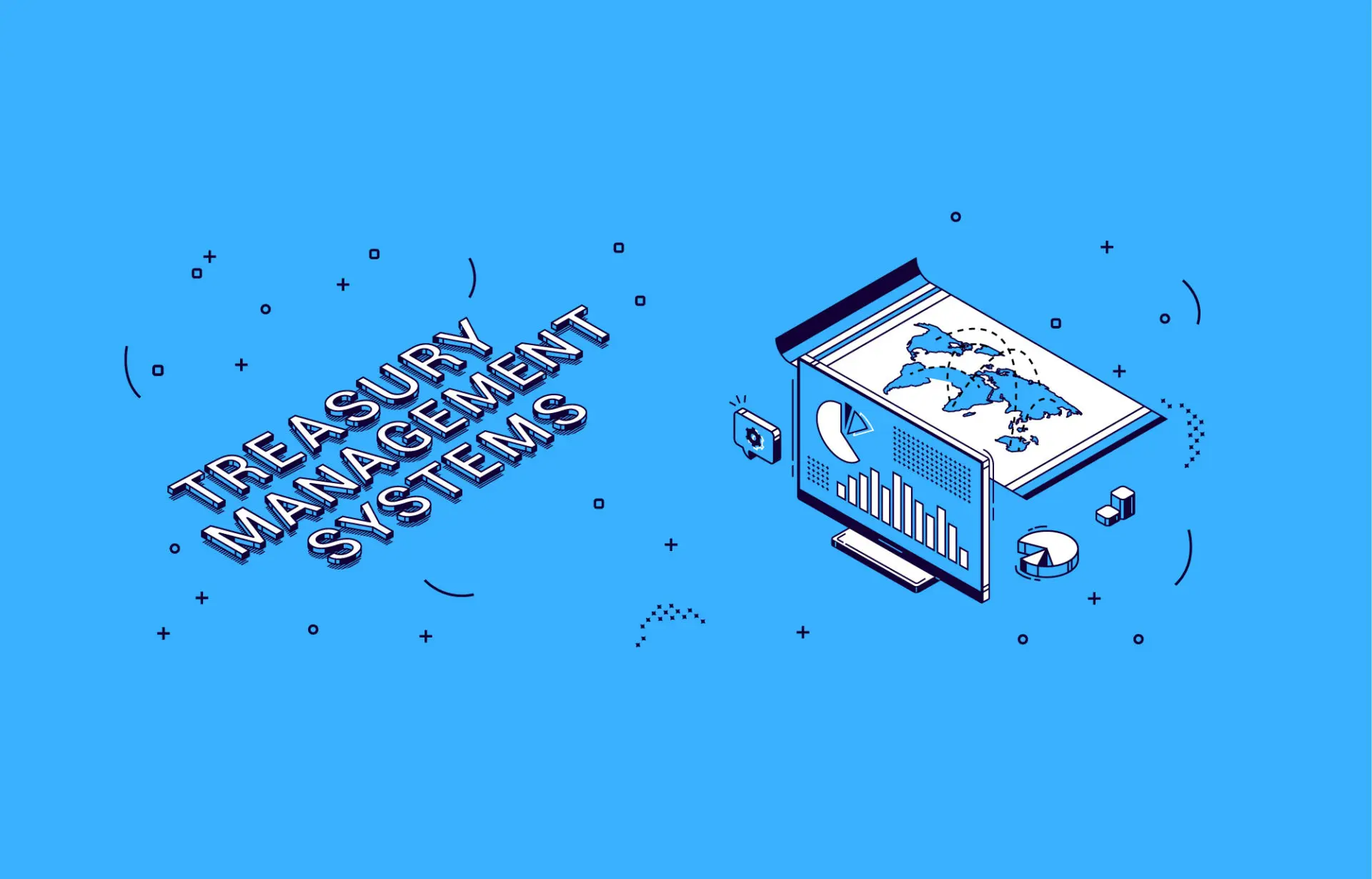MSBs of any size will know that financial planning is a vital part of running their business—and that treasury management is integral to ensuring the viability and sustainability of any such plan.
Beyond simply managing the liquidity of a bank or financial institution to regulate day-to-day cash flow, a robust corporate treasury management program should focus on a range of topics, from optimizing collection and disbursement processes to eliminating redundancies, managing debts and other risks, as well as investing and funding. In other words, it should make use of existing assets and holdings to generate further income for the business.
Of course, implementing such a multifaceted treasury management program across all departments of an MSB is by no means a straightforward process. What’s more, best practices may look vastly different from one MSB to the next, as the particulars of each financial institution or corporate banking customer’s treasury management system will depend on the company’s financial outlook. However, there is one recent trend that’s worth exploring: leveraging the growing stablecoin market to improve corporate treasury management.

The Basics of Liquidity Management
Large financial institutions as well as local banks have two different liquidity management divisions. First, they manage the liquidity in their own balance sheets through a Treasury division, adopting a practice known as Asset and Liability Management (ALM). Secondly, through their Corporate Banking divisions, these banks also offer different financial solutions to help their mid-to-large corporate clients manage the liquidity in their existing portfolio as effectively as possible, via departments that oversee Cash Management.
ALM departments in bank treasuries have a wholly distinct liquidity management unit where traders who are experts in their field work to manage all of the bank’s liquidity requirements (such as reserve requirements, loan participations, etc.) in the most efficient and cost-effective way possible. They do this based on different currencies and on different trading platforms. This type of management doesn’t focus solely on cash, as it also involves the supervision of non-cash assets such as commodities, eurobonds, bonds, etc.
In this type of liquidity management, banks oversee the process through both organized markets and OTC (over-the-counter) transactions. In doing so, they have to combine vastly different options for each platform they use, having to bear the burden of cost and adhere to the different rules of the platforms. For instance, to meet their reserve requirements, banks have to manage liquidity through different channels, dealing with different cut-off times, procedures, and fees.
Then there are the Cash Management Departments of banks and other financial institutions, which market different products and offer alternative solutions for their corporate customers’ collection and payment functions. Ultimately, the goal of these departments is to ensure that their customers have more effective liquidity management capabilities.
When it comes to managing liquidity, corporate treasury management has traditionally favored storing cash in separate accounts based on the company’s needs—ensuring that it would be able to cover any outgoing cash flow, then investing the remaining cash in a way that would maximize ROI. While most businesses still follow this basic principle to some extent, financial institutions —especially MSBs— often face greater financial complexities in today’s increasingly globalized world.
For banks and their corporate customers who operate internationally, liquidity management can take the form of storing cash reserves in different currencies at different banks across the globe. When you consider that each bank or regional jurisdiction can have its own set of rules and fees for financial transactions, the process of managing cash flow on such a massive scale can begin to look like a project with too many moving parts.
Indeed, both banks and institutions operating in the financial markets devote great effort and incur financial costs in traditional money transfer and liquidity management services—and that’s precisely where stablecoins come in as a viable and sustainable solution for MSB treasurers. As most of us know by now, blockchain-based transfer methods hold great potential to accelerate the functionality of asset transfers in the near future. Backed by fiat currency, stablecoins present a low-risk option that gives treasurers flexibility in both short- and medium-term liquidity management operations.
Why use stablecoins in treasury management?
Stablecoins like USDC have some distinct advantages over scattering cash reserves across different currencies, including:
Round-the-clock availability
Unlike traditional banks that store cash, stablecoins— and the DeFi networks on which they’re traded— can be accessed 24/7 and from anywhere with an internet connection. For MSBs that operate internationally, using stablecoins can lead to greatly reduced waiting times, thanks to the ability to make near-instant transfers on DeFi platforms.
Easy swaps
One feature of decentralized exchanges in the stablecoin market is the liquidity pool, where tokenized digital assets can be traded frictionlessly thanks to smart contracts and protocols known as automated market makers (AMMs). One of the best-known liquidity pools is Uniswap, where stablecoins can be swapped in a global pool in real time.
In addition to quick and easy stablecoin swaps, using liquidity pools also comes with the added benefit of having fixed transaction fees. This transparency of fees —combined with the “stable” nature of stablecoins pegged to a single fiat currency— enables treasury departments to make accurate projections and minimize their risks. By contrast, storing cash reserves in cryptocurrency poses the risk of price volatility, while scattering cash reserves across different fiat currencies comes with the inevitable risk of fluctuations in currency exchange rates.
Yield generation through liquidity pools
Another advantage of managing liquidity by placing stablecoins in liquidity pools is that it gives MSBs the chance to be liquidity providers (LPs). LPs receive tokens for staking their stablecoins to the decentralized exchange, as well as a share of the fees paid by other users on the platform who trade these stablecoins. This process, known as yield farming, enables LPs to earn additional income simply by making their digital assets available to the liquidity pool. As a result, MSBs who become LPs can earn and realize yields in extremely short durations—which means that, depending on the activity level in the liquidity pool, an LP can generate additional income even as fast as every 15 seconds.
Stablecoins can greatly improve treasury management.
While stablecoins and the DeFi networks underpinning them are relatively new in the world of finance, these technologies hold the potential to transform financial decision-making processes across organizations. Whether we’re talking about a bank’s own internal treasury management or similar services rendered for a corporate client, all the processes of the banking system take place within the general framework of the fiat money system. When viewed through that lens, it is clear that, once stablecoins undergo regulatory improvements and become better integrated within the financial system, they will help MSBs, banks, as well as their corporate clients achieve significant savings on both cost and time when it comes to liquidity management.





